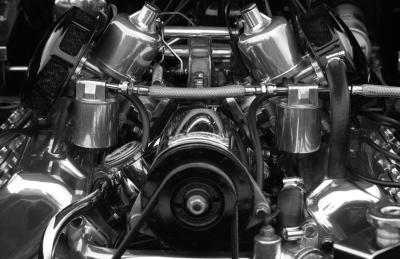
The MAP sensor on a car controls how much fuel is brought into the engine. If your MAP sensor is broken, it will cause your vehicle to up the amount of fuel injection, which in turn will make your gas mileage lower. In today’s economy with rising gas prices, it is often a necessity to get as many miles per gallon as possible. To ensure this, follow a simple test procedure to find out whether or not your MAP sensor is working properly and efficiently. One easy test is known as the Manifold Vacuum Test.
Open the hood of the car and locate your MAP sensor. You can do this by looking in your car’s user manual, or by taking a picture of the inner workings under the hood and then comparing your photo with an online diagram of your specific vehicle.
Remove the vacuum hose from your MAP sensor. You will test from this location. Purchase a vacuum tester, available at most automotive or home stores. A good tester will include a pump with adapters of varying sizes.
Start your car’s engine -- this must be done by another individual -- and simultaneously connect the vacuum gauge. Make sure the vacuum pump will not rub against any moving engine parts, as this can cause damage to your engine or other internal features.
Look at your tester pump’s gauge while your car is on, but idle. It should read between 15 and 21 inches of vacuum. Anything lower can be a sign of a leaking vacuum hose connected to the MAP sensor. This can oftentimes cause low gas mileage. Then, test the vacuum off of idle. It should be between 0 and 21 inches. Again, this will indicate your car is running well, mileage-wise.